Last week I removed two turnouts and two tracks from the layout. As soon as the last of it was out, I knew down to my DNA it was the right move (see the previous post). Last week I also operated the layout more than I had in the previous year.
Bluntly stated, I had too much track. Over the last year I’ve removed about 15-20% of it that should have never been built in the first place. This is blasphemy from a heretic, so watch out for the model railroad thought police. You’ve been warned.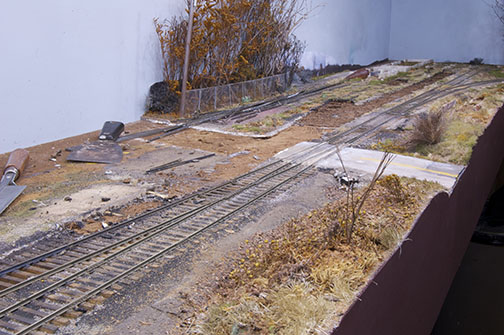
It didn’t take long to repair the scenery scars, which now represent the abandoned overgrown roadbed. The photos show a work in progress. More detailing is to come.
Regards,
Mike
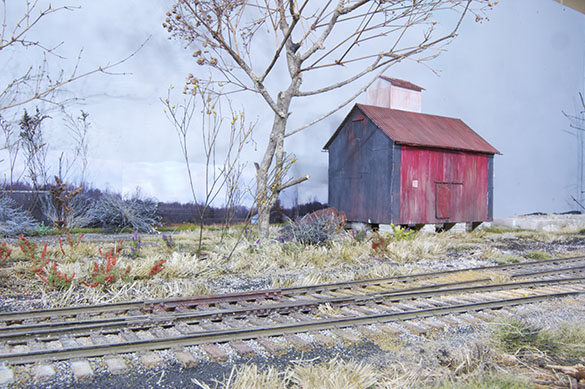
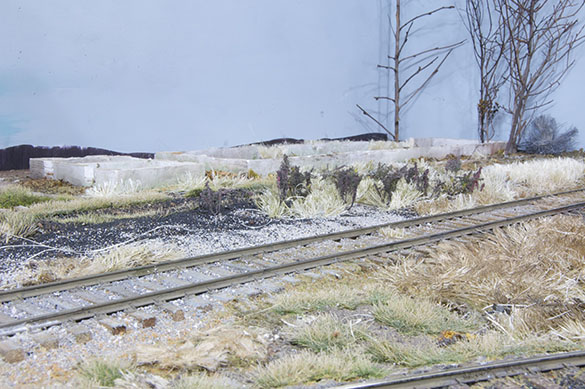
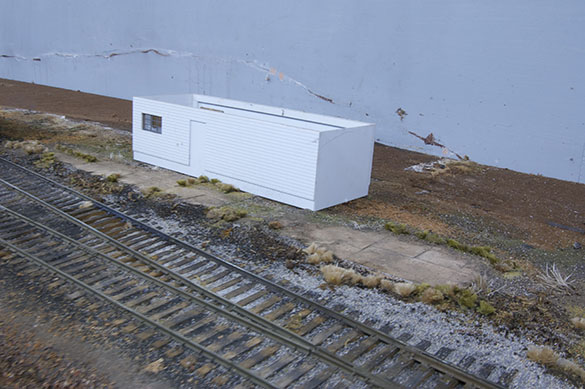
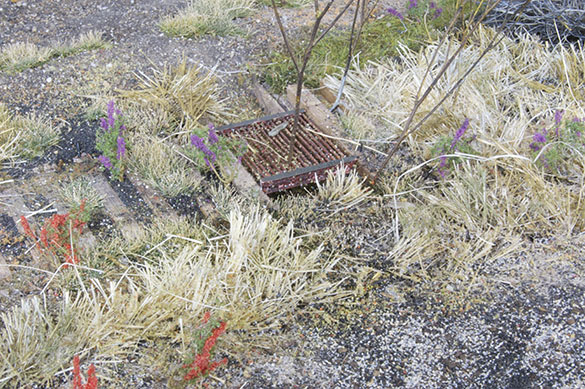
Hello Mike
Would be interested in how removing the track has influenced your operating concept? For instance has staging taken on additional roles or did these tracks have little purpose in relation to your modelling goal?
Glenn
Hi Glenn,
Funny you should ask, because that is the subject of my post for next week. To briefly answer your question, removing the tracks has brought operations closer to what I’ve witnessed at Valley Junction. More to come in a few days.
Regards, Mike
Mike,
The prototype builds and maintains only the track it needs to operate and be profitable and since our desire is to accurately model the prototype, removing track is totally consistent with real railroad practice. To often we build “models of models” rather than accurate models of the real thing. I’m not surprised that operations on your layout now reflect what you’ve witnessed at Valley Junction.
Lee Gustafson
Hi Lee,
Welcome to the blog. It’s good to read your thoughtful comments again.
Regards,
Mike